A Wintry Tour of the 19th Century Houses of Newburgh (Photos)
Newburgh, perched on a scenic spot along the western banks of the Hudson River, is a must see for 19th century architecture buffs.

The 1830 Captain David Crawford House at 189 Montgomery Street
Newburgh, perched on a scenic spot along the western banks of the Hudson River, is a town that might be easy to miss amidst the competition from other Hudson River Valley spots. But for any 19th century architecture buff, the town is a must see.
Brownstoner took a wintry walk recently and captured a brief selection of houses to whet your appetite. We’ve even got one where George Washington slept.
While it was a strategically important location during the Revolutionary War, it was only during the 19th century that Newburgh took off as a hub of commerce. At the center of the architectural scene of the growing town was a group of designers who would have a lasting impact on the American home — including hometown boy Andrew Jackson Downing, a designer and horticulturalist, and architects Alexander Jackson Davis, Calvert Vaux and Frederick Clarke Withers.
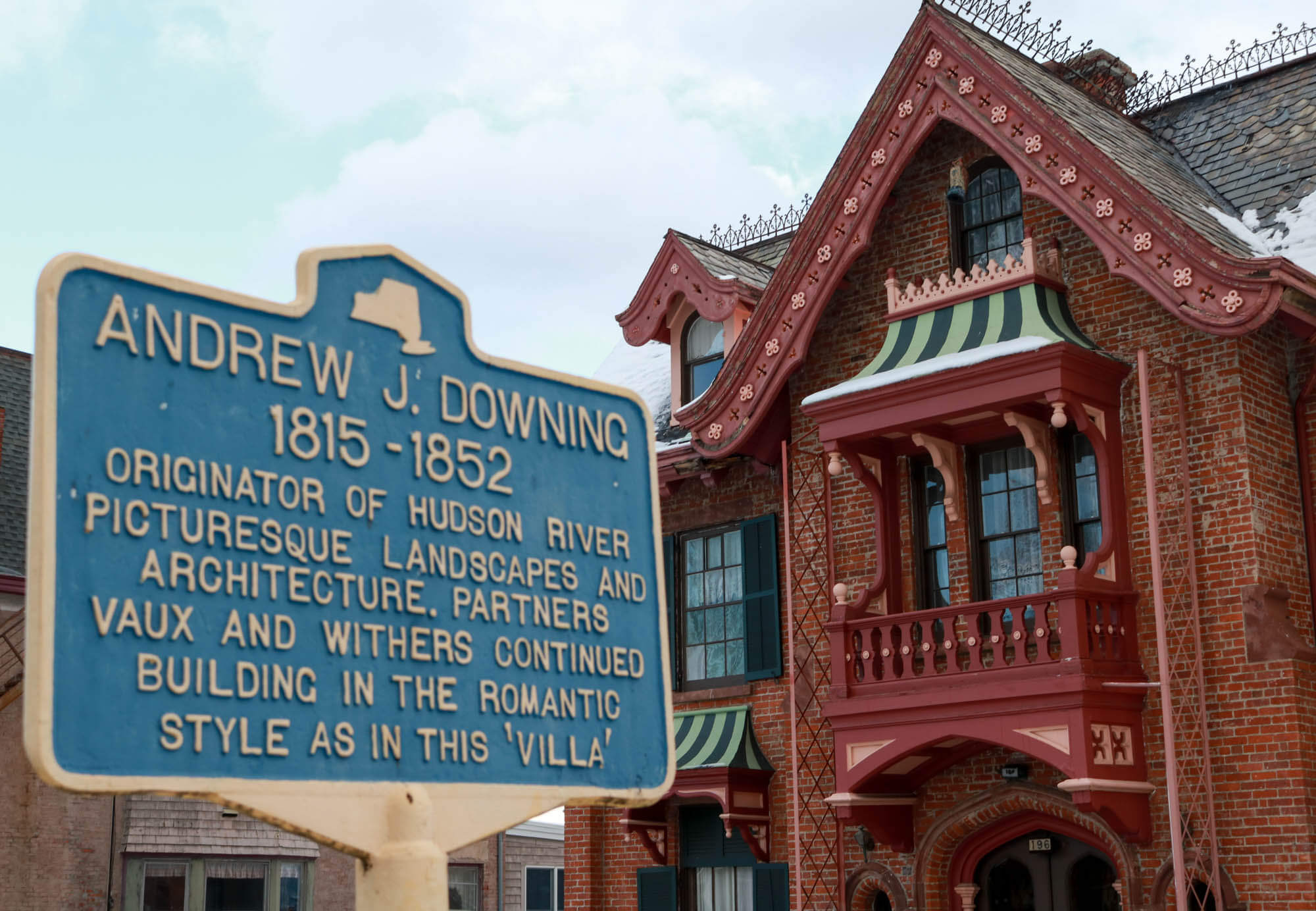
Newburgh was hit with urban renewal projects in the 1960s but a successful preservation fight and education effort led to the establishment of a historic district in 1973. Saved were blocks of houses in the popular styles of the 19th century — a walk through the streets is a gander through an architectural guidebook with Federal, Gothic, Italianate and Queen Anne styles leaping to life in front of you.
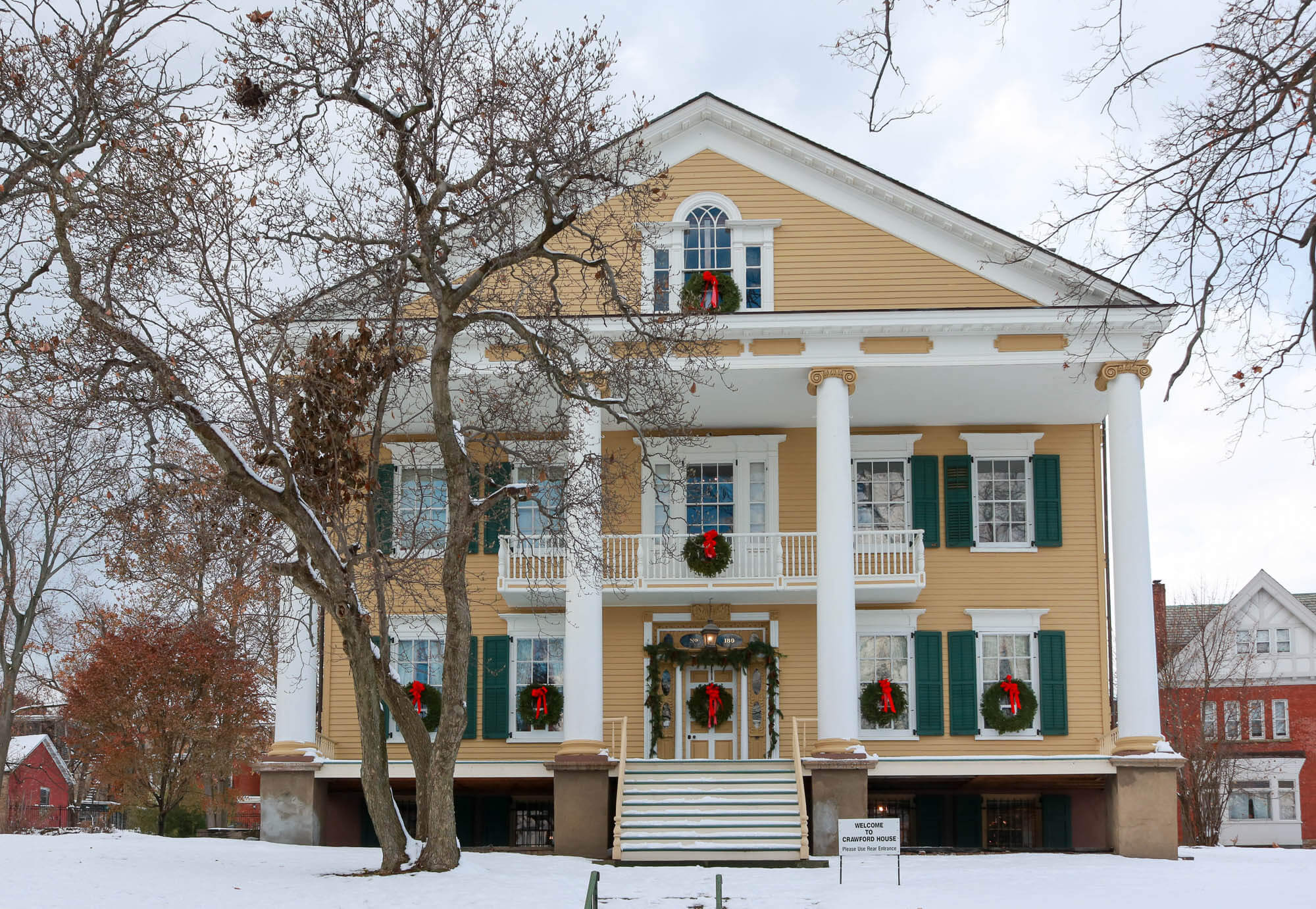
Captain David Crawford House
189 Montgomery Street
Open to the public
Perched on a hill with a view towards Newburgh’s waterfront, this grand Federal-style mansion was constructed in 1830 for a shipping magnate.
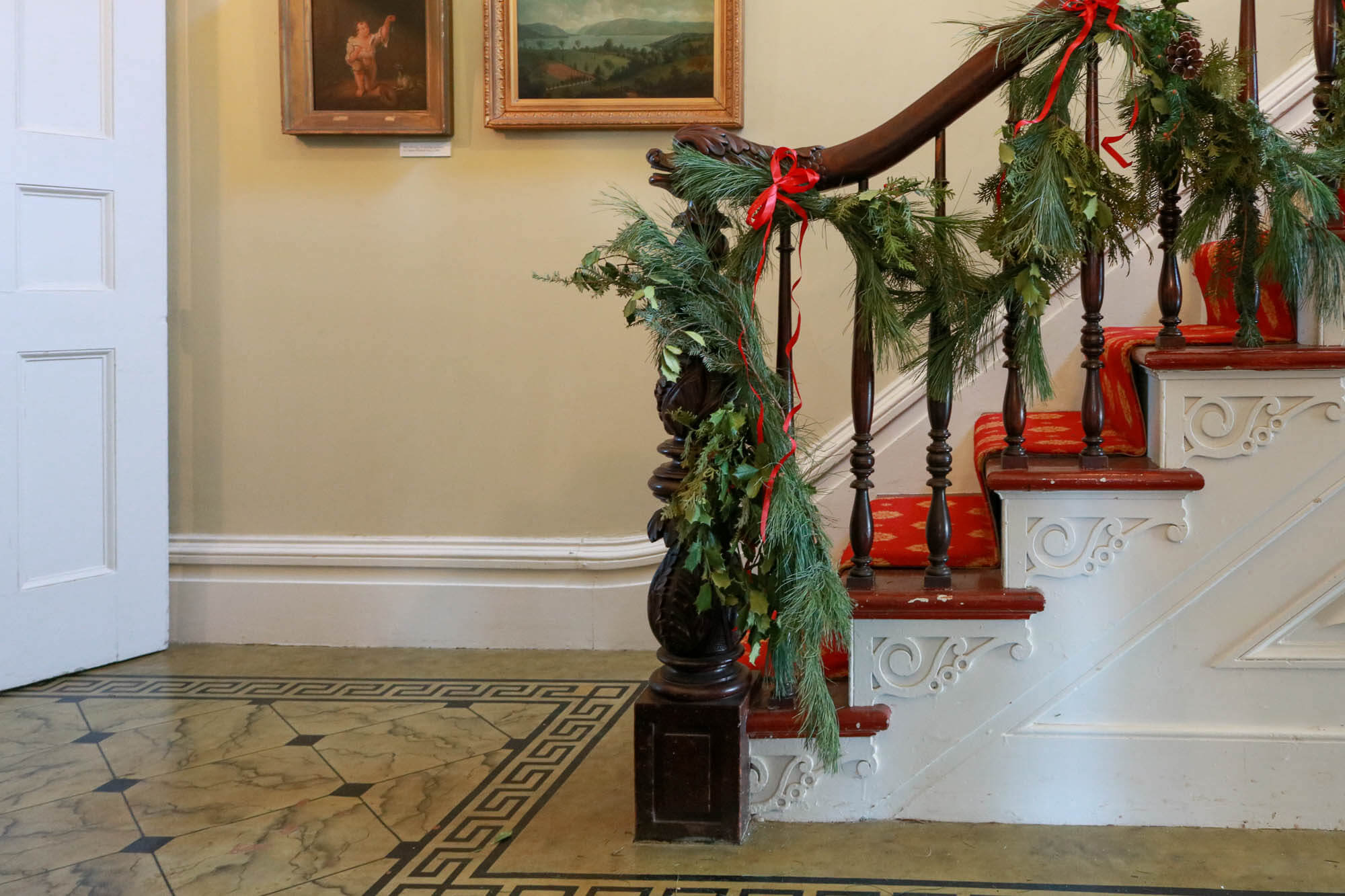
On the interior, the house retains many of its original details, including the elaborately carved dolphin newel post. Since 1954 the house has been the headquarters of the Historical Society of Newburgh Bay and the Highlands.
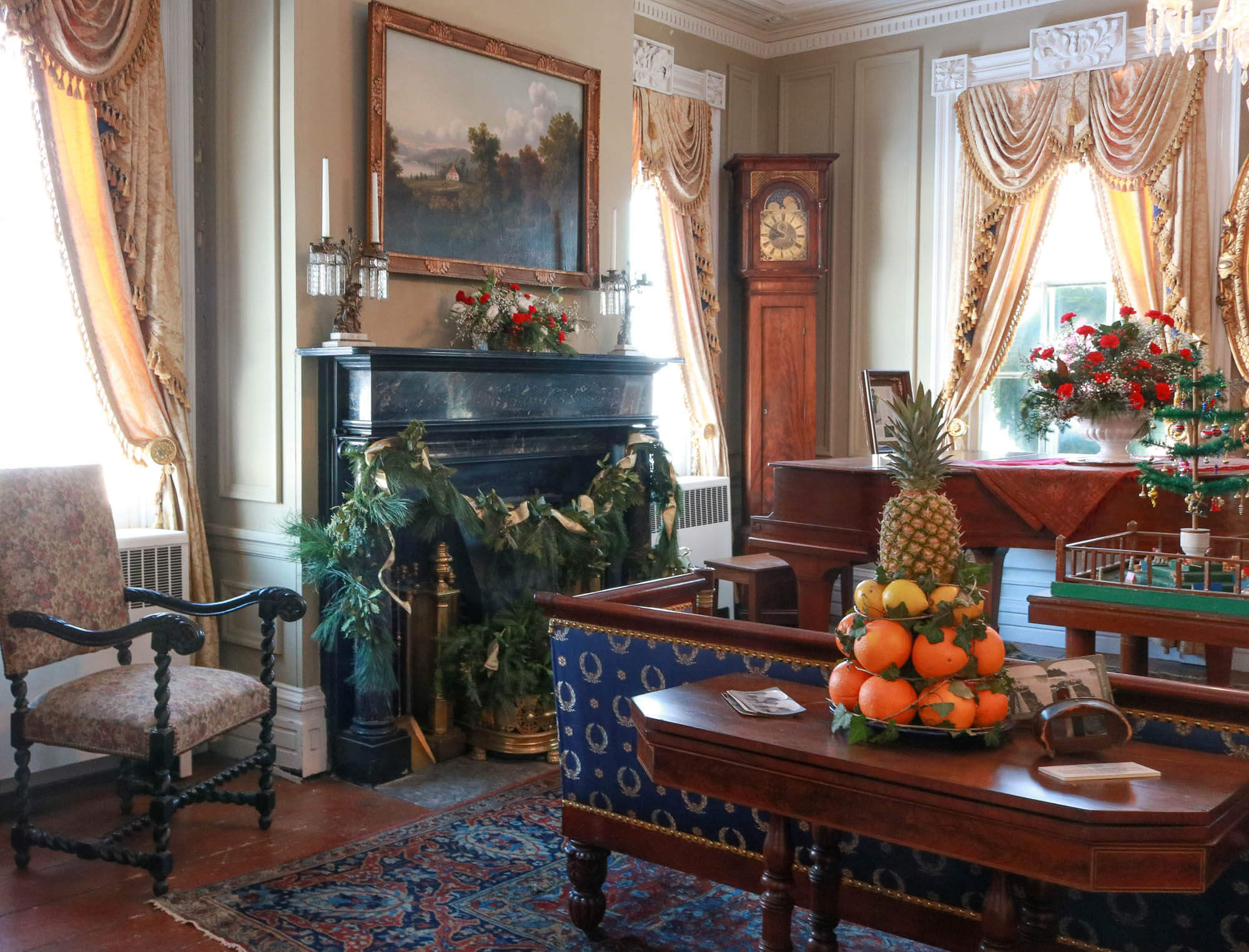
When not decked out for the holiday season, the house showcases the society’s collection of 19th century furnishings and decorative arts and hosts exhibits and lectures.
—
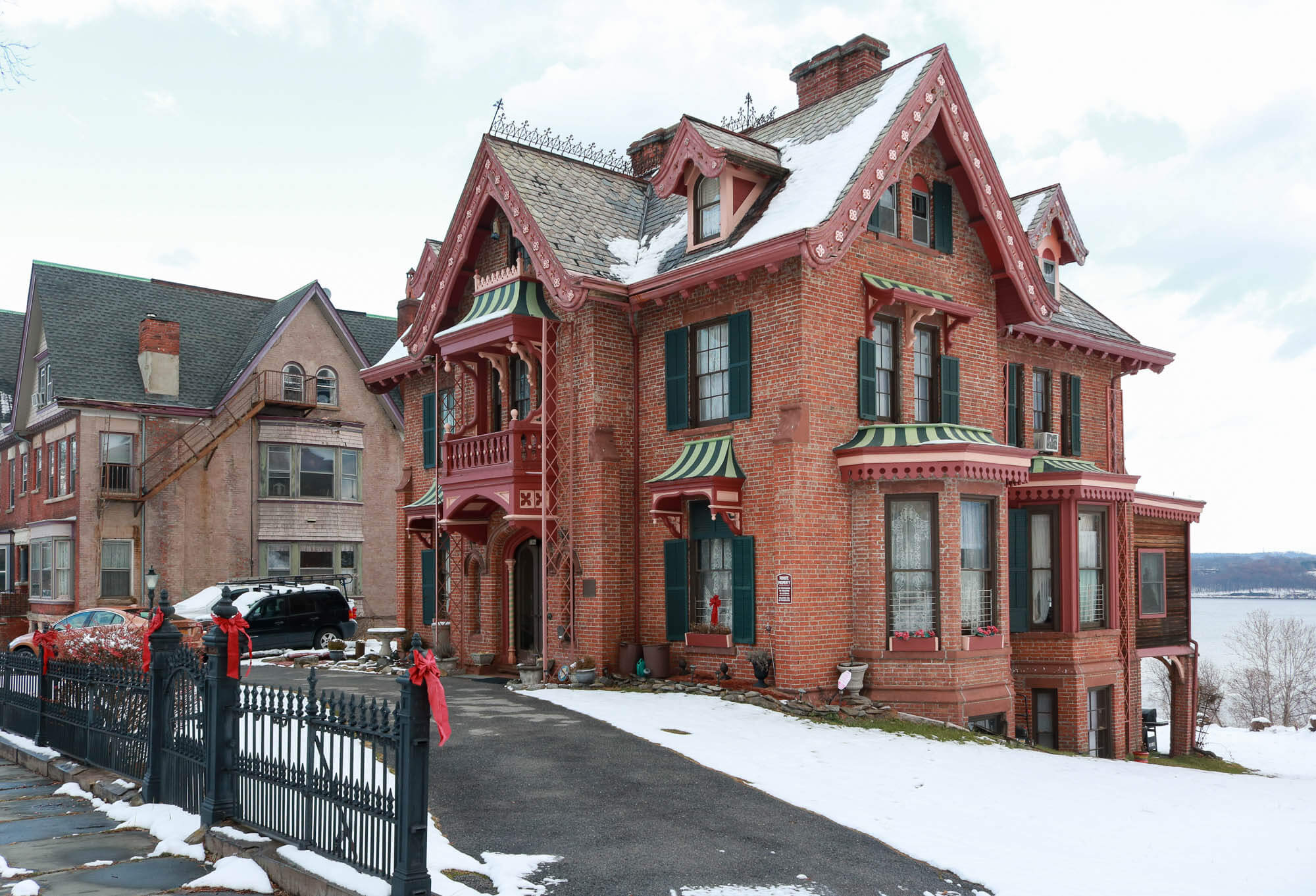
Warren House
196 Montgomery Street
Private residence
One of the more famous dwellings in the town, this Gothic-inspired house was designed by Calvert Vaux for William E. Warren and constructed in 1854. Vaux is known in Brooklyn for designing Prospect Park with Frederick Law Olmsted.
The plans for the “picturesque symmetrical” home were printed in Vaux’s 1857 book Villas and Cottages which included designs by Vaux, Alexander Jackson Downing and Frederick Clarke Withers.
—
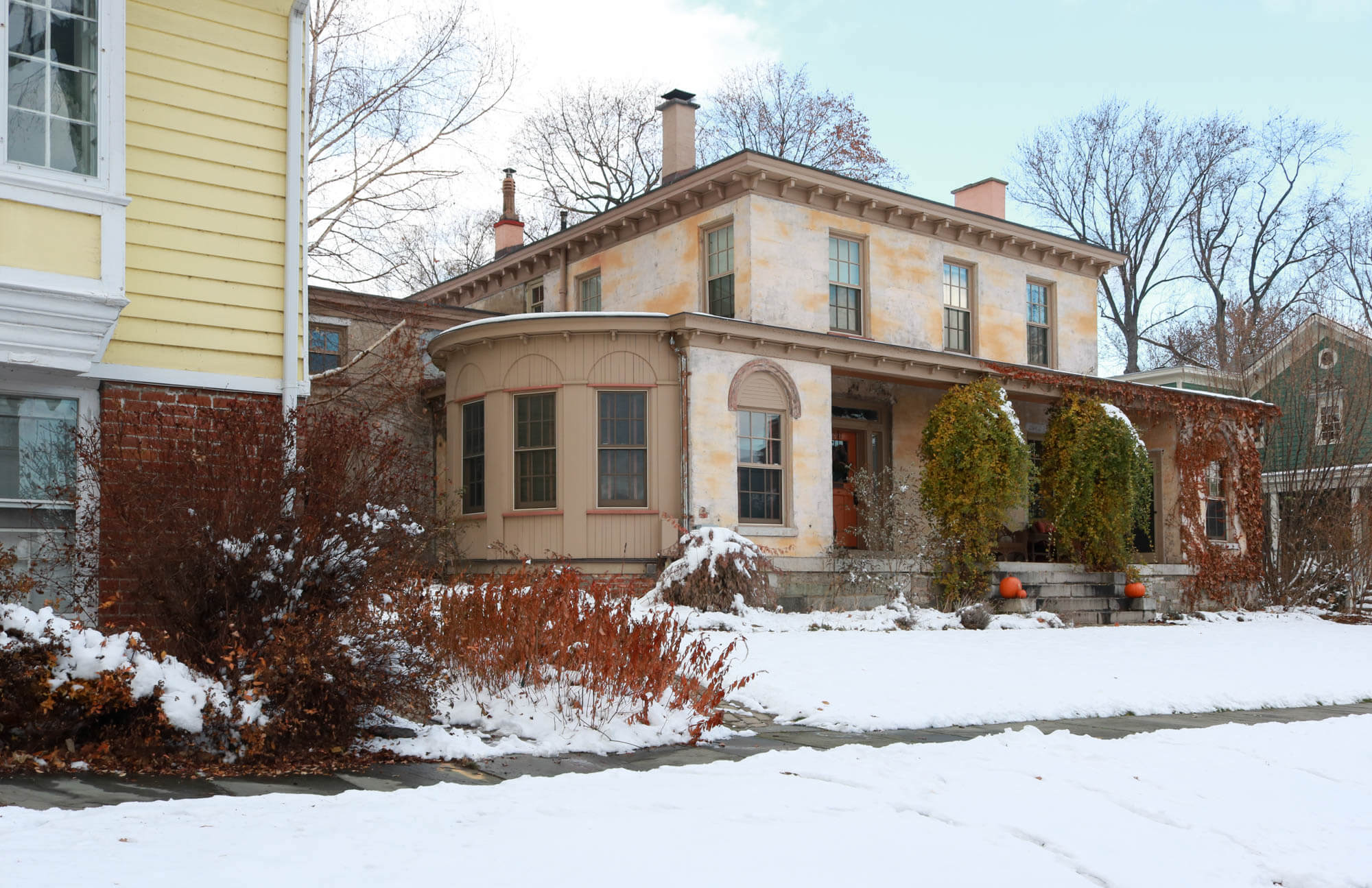
201 Montgomery Street
Private residence
Thornton M. Niven, Newburgh’s first home-town architect and master stonecutter, was responsible for this circa 1839 stucco “villa.” The residence was briefly the home of Freckerick Clarke Withers, according to the City of Newburgh’s architectural guide.
—
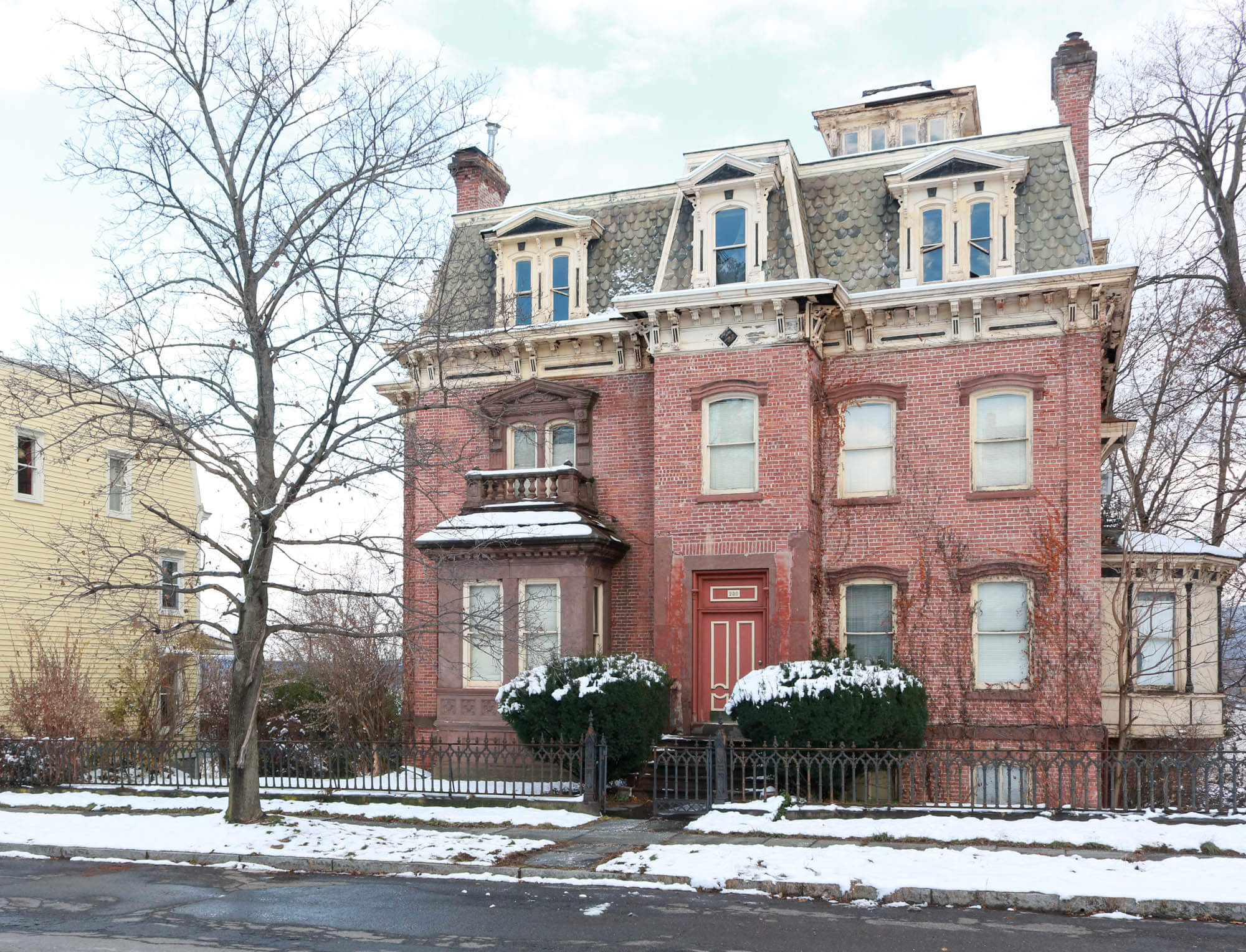
230 Montgomery Street
Private residence
Grand mansard-roofed houses are scattered throughout the central residential corridor, including this impressive post-Civil War example. There’s a bracketed cornice, dormers and a square cupola — the rear of the house faces a spectacular view of the waterfront so the cupola may have been a popular spot for harbor watching.
—
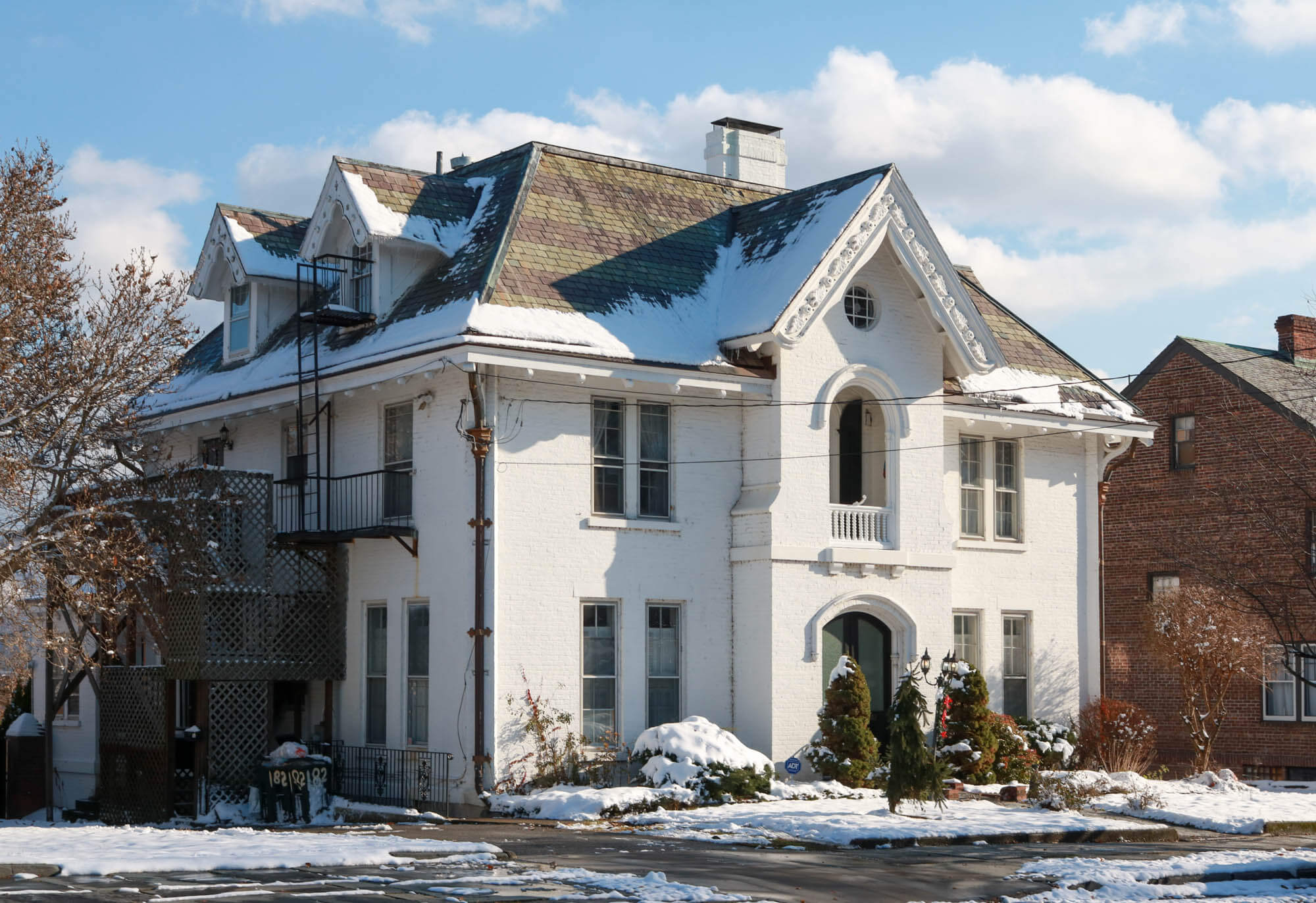
182 Grand Street
Private residence
Credit for the design of this charmingly picturesque house is attributed to Calvert Vaux and Frederick Clarke Withers. Plans for the house appeared in “Villas and Cottages,” where it was noted that the construction costs totalled $7,874.98.
—
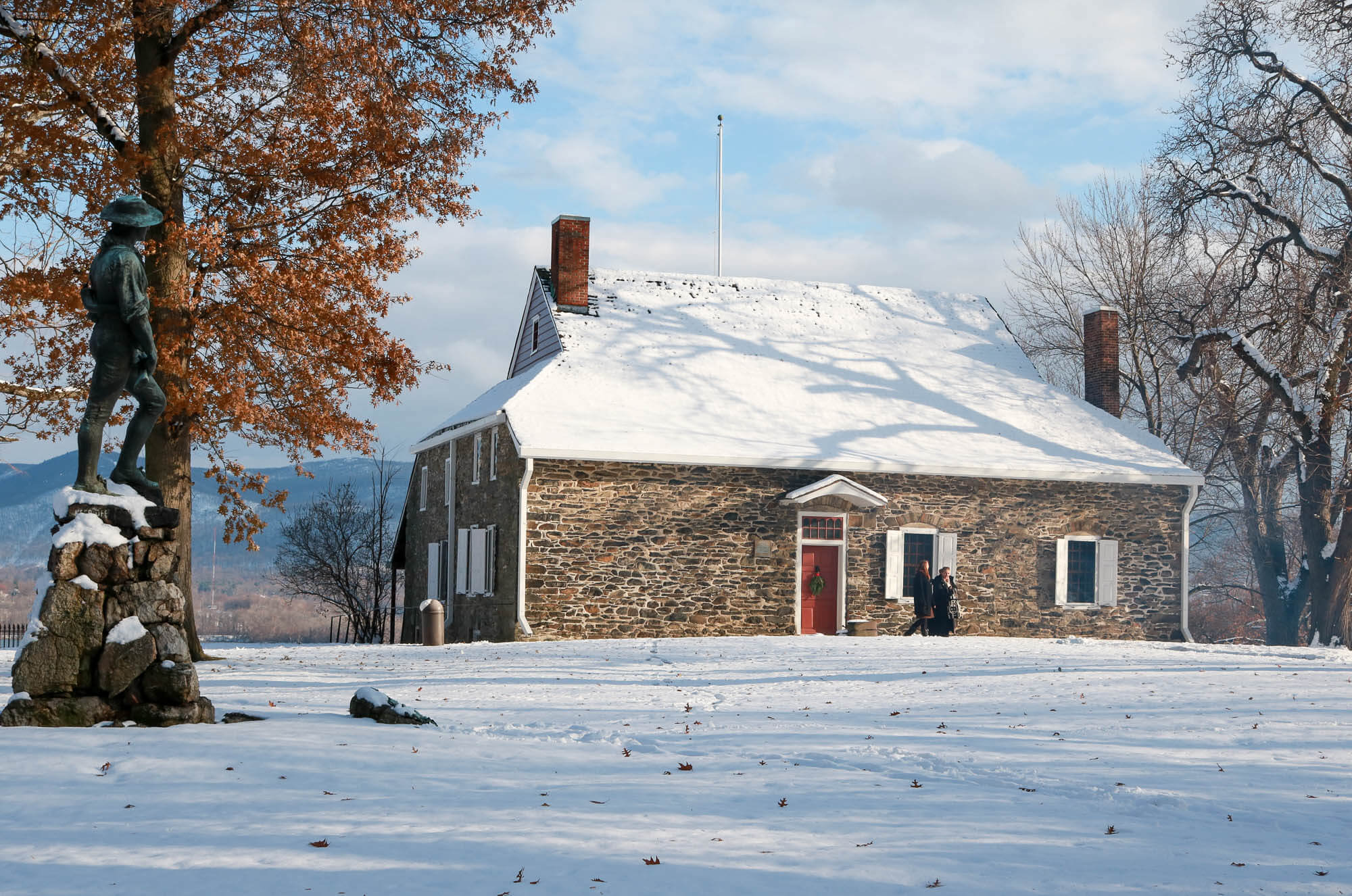
Washington’s Headquarters State Historic Site
84 Liberty Street
Open to the public
This small stone house was built in stages in the 1700s for the Jonathan and Tryntje Hasbrouck family. However, its claim to fame dates to the waning years of the Revolutionary War when George Washington made it his headquarters. Martha Washington joined him here and it was the longest he stayed in one place during the war.
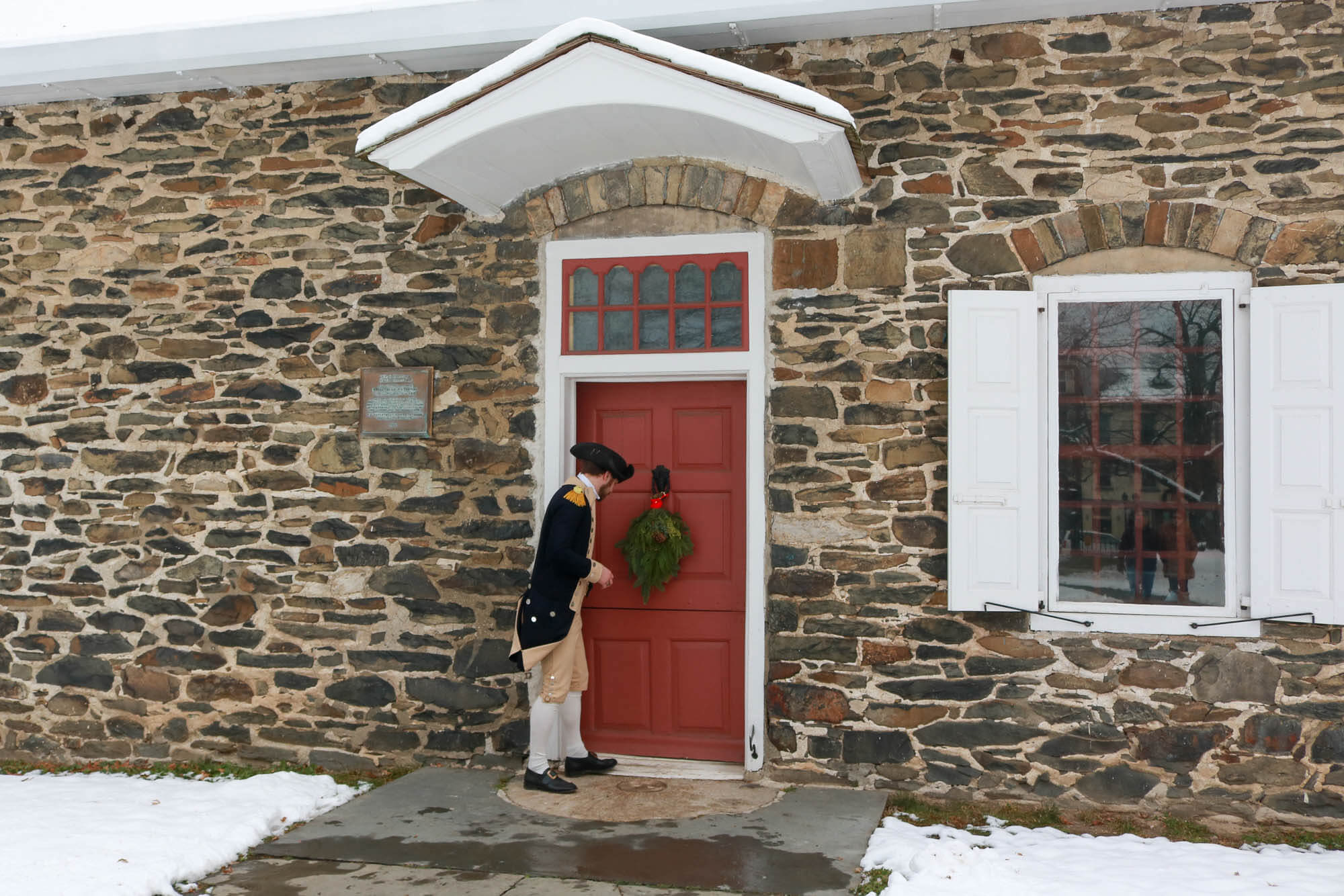
The site is believed to be the first publicly operated historic site in the nation — it was acquired by the State of New York in 1850 and opened to the public the same year.
[Photos by Susan De Vries]
Related Stories
- Can the Greek Revival Masterpiece of Newburgh Be Saved?
- The Fabulous Fireplaces of Newburgh (Photos)
- Exploring the Architectural Beauties of Newburgh By Candlelight
Email tips@brownstoner.com with further comments, questions or tips. Follow Brownstoner on Twitter and Instagram, and like us on Facebook.





What's Your Take? Leave a Comment